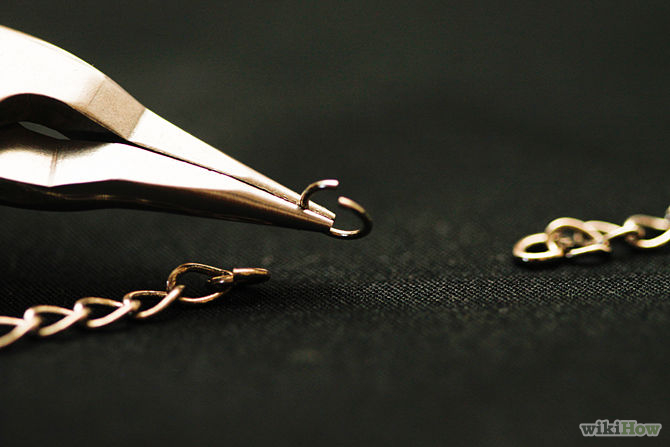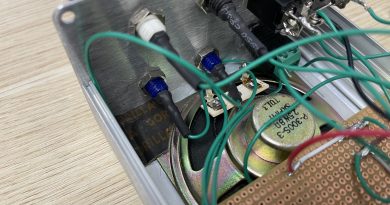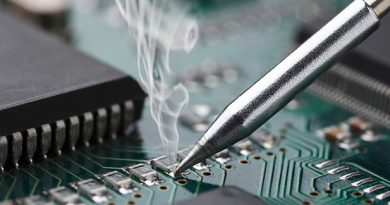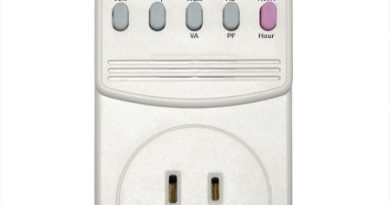Soldering Jewelry: Fine Chain Repair
Chain repair requires fundamental techniques that every goldsmith needs to master, but hobbyists are capable of learning as well. You will need a soldering station, soldering iron, or torch as well as solder and a soldering pick. The design and structure of the chain govern what exactly you need to do for a proper repair.
We’ll focus on fine cable and rope chains with very small links of especially thin wire. Because of their size, these links are difficult to manipulate, reconnect, and solder. Before you begin examine the chain to see how each link connects to the next and remove any damaged links, leaving only the good links that you’d like to join together.
You can mark some of the links near the joint with a permanent marker, making it easy to identify the links you’ll be soldering. Depending on the type of chain, cut open one or more links and slightly open them to connect them to the other part of the chain. Fit the cut ends of the links together as tight as you can to ensure a solid solder joint.
You want to solder the open links in an inconspicuous way so the chain looks as if it had never been damaged in the first place, which is of course easier said than done.
If you apply flux and solder to the open link and then heat it directly with the torch you may run into some problems: the solder may not flow along both sides of the joint, a lump of solder will stick to the link because you can’t cut the solder into sufficiently small sections, and directly heating the links can fuse multiple links together requiring you to start over with an even shorter chain.
However, you can avoid these problems and attain a clean solder joint by using a soldering pick. Ordinarily goldsmiths use a pick to hold a section of solder in place or position it on the piece of jewelry, but in this example you’ll expose the clean metal and apply flux with the tip of the soldering pick.
You’ll need a steel soldering pick because solder won’t properly adhere to titanium or tungsten. Pick up a small section of solder about one millimeter square with the soldering pick and directly heat it with your soldering iron until it flows, covering the pick’s tip with a thin layer of solder.
Place the pick against the open link of the joint. Because the pick acts as a thermal conductor, carrying proper heat to the joint, you should heat the pick about ten millimeters from the tip. When the solder flows a tiny amount will transfer to the joint. Quickly lift the soldering pick and allow the chain to cool.


